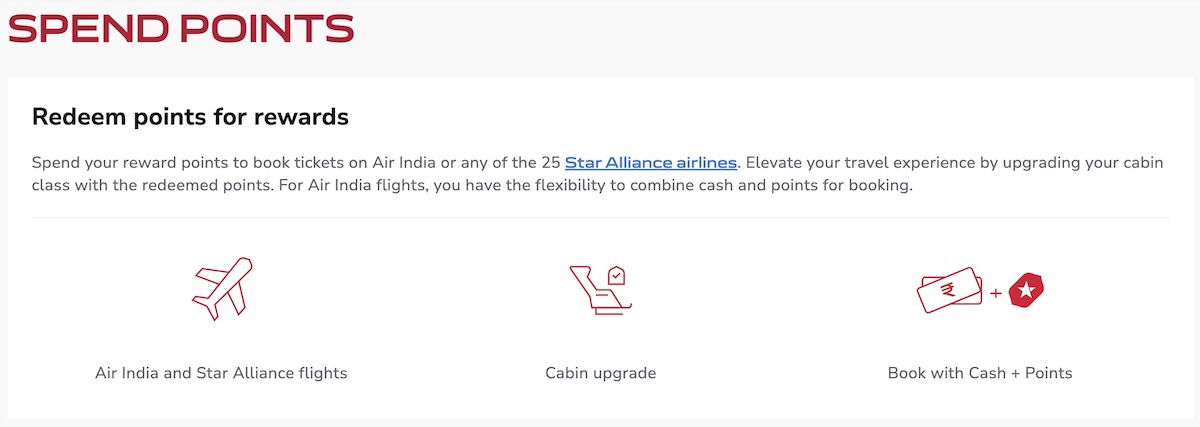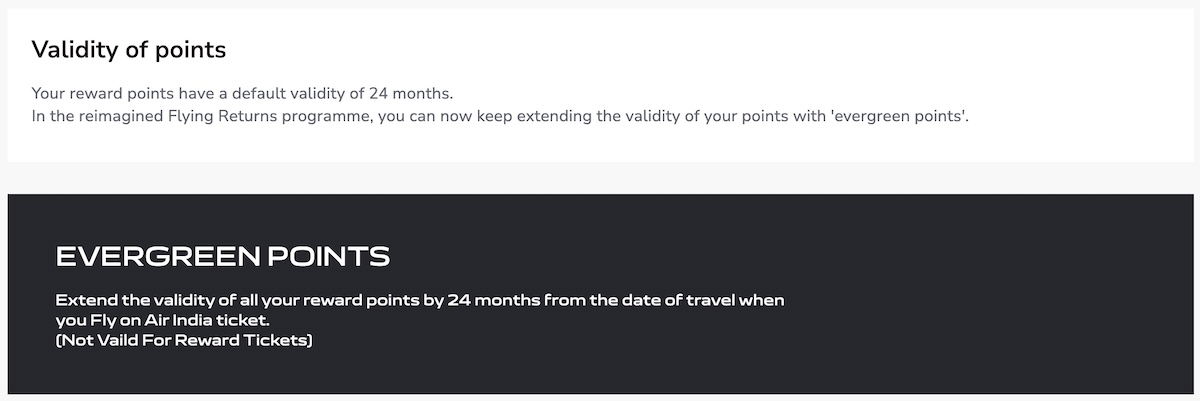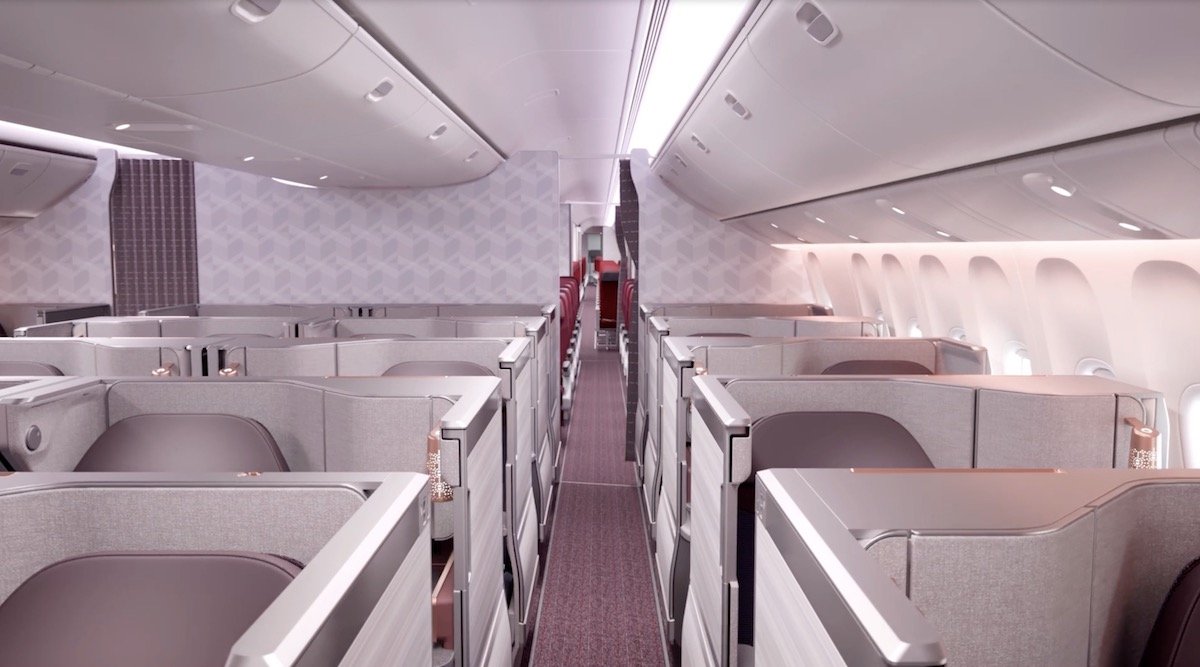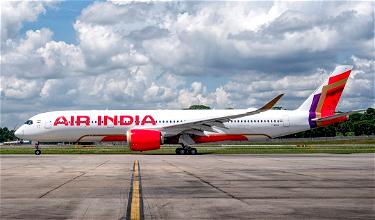Air India is undergoing a transformation at the moment, after being privatized. While an airline can’t be reinvented overnight, the number of initiatives the airline is undertaking is unlike anything I’ve seen before. This includes everything from ordering 470 new aircraft, to rebranding, to introducing new cabins, and much, much more.
As the latest step of its transformation, Air India has reimagined its Flying Returns frequent flyer program, which is the first major change we’ve seen to the program in over a decade.
In this post:
Details of the new Air India Flying Returns program
The new Air India Flying Returns program applies effective immediately. I’m usually not a fan of programs making changes without notice. However, these changes are largely positive, so I imagine some people will be happy about the lack of notice, especially with elite requirements being lowered significantly.
Air India claims that the new Flying Returns program offers “a simplified new structure, more customer-friendly features, renamed tiers, and an updated identity.” The airline also states that the new program “prioritizes greater ease, more rewards, and recognition for members.”
Let’s go over some of the major details of the new program.
Air India Flying Returns goes revenue based
Historically Air India Flying Returns was miles-based, whereby you were rewarded based on your fare class and distance flown. Now Air India’s loyalty program has gone revenue based. With the new program, you earn 6x Flying Returns points per INR 100 spent (~1.20 USD). Those points are both redeemable for award travel, and are also tier points that qualify toward status.
On top of that:
- Elite members can earn anywhere from 2-4x bonus points, which can be redeemed toward award travel, but don’t count toward status
- Everyone can earn 2x bonus points when booking direct with Air India, which can be redeemed toward award travel, but don’t count toward status

Air India Flying Returns overhauls elite tiers
As part of the new Air India Flying Returns program, elite tiers have been completely overhauled, and status is much easier to earn:
- Flying Returns Red is the basic membership tier, which you get just for joining the program
- Flying Returns Silver is the entry level status, and requires earning 15,000 tier points (minimum 4,500 tier points on Air India flights) OR 30 flights (minimum four flights on Air India)
- Flying Returns Gold is the mid level status, and requires earning 30,000 tier points (minimum 9,000 tier points on Air India flights) OR 60 flights (minimum eight flights on Air India)
- Flying Returns Platinum is the top level status, and requires earning 45,000 tier points (minimum 13,500 tier points on Air India flights) OR 90 flights (minimum 12 flights on Air India)

As you can see, in each case 30% of your activity needs to be on Air India, while the remaining activity can be on Star Alliance partner airlines. Since you earn 6x tier points per INR 100 (~1.20 USD) spent, that means the entry level status requires around $3,000 in spending, while the top tier status requires around $9,000 in spending.
You can find all the Air India Flying Returns elite perks here. There’s nothing earth shattering, as you can tell, as it’s mostly priority services, along with alliance-wide perks. There are some new benefits added, like discounted ticket changes, the introduction of elite phone support, free seat selection, and more (most of which you’d think would have been perks before, but weren’t).
For a vast majority of people, status is significantly easier to earn under the new system, so that will make the program attractive to many consumers.
Air India Flying Returns changes award redemptions
Air India Flying Returns isn’t just going revenue based when it comes to earning points, but also when it comes to redeeming points. The program now has fully dynamic award pricing. The implications of this are that:
- Flying Returns members have access to a lot more award seats, since you no longer have to look for saver award availability, but rather can redeem points with a lot more seats
- Flying Returns members largely have access to cheaper economy awards, while they have access to more expensive business class awards
Air India Flying Returns has also introduced Cash + Points, so that you can even redeem a small number of points to get a discount on a ticket, if you don’t quite have enough for the entire award.
Obviously I’m generally quite opposed to revenue based redemptions in terms of the ability to maximize value. However, Flying Returns previously wasn’t very lucrative, so I actually don’t think this leaves most people worse off. As before, if you want to redeem for Air India premium cabin travel, you’re best off booking through a partner frequent flyer program.
Air India Flying Returns updates points expiration policy
Air India has updated its points expiration policy, and I’d consider it to be mostly good news. The program is now marketing its points as “evergreen points.” However, the program still has one of the stricter policies out there:
- Previously, Air India points expired after 36 months, regardless of any activity
- Now Air India points don’t expire as long as you credit one Air India flight to the program every 24 months
So while I appreciate the program moving away from a “hard” expiration, this is still one of the worse points expiration policies out there.

My take on the new Air India Flying Returns program
The new Air India Flying Returns program isn’t anything life changing, but it does seem like a significant improvement over the old program. With the old program, it almost felt like Air India wasn’t trying at all, while the new program seems thoughtful.
Ordinarily I wouldn’t think “oh great, an airline switched to revenue based points earning and redemption,” but in the case of Air India, this (unfortunately?) is still better than what members used to have.
There aren’t any amazing perks here, but rather it feels like Air India is catching up with the competition, both within India and abroad.
Bottom line
The Air India Flying Returns program has been overhauled, and just about everything has changed. Elite tiers have new names and new qualification requirements, and points earning and redemption rates have been updated. This is the first major overhaul we’ve seen of the program in over a decade, and it seems like it was long overdue.
What do you make of Air India’s new loyalty program?





How are they going to award points and elite points for Star Alliance flights not booked through AI? Do they get to see the fare paid on all tickets?
I doubt that. I think that would count as collusion between airlines and would be against the law.
This is why many revenue based frequent flyer programs still award miles for travel on partner airlines based on distance flown, rather than the cost of the ticket. The exception is airlines who have codeshare agreements, because they are allowed to share this information between each other and coordinate fares. This is why American can award...
I doubt that. I think that would count as collusion between airlines and would be against the law.
This is why many revenue based frequent flyer programs still award miles for travel on partner airlines based on distance flown, rather than the cost of the ticket. The exception is airlines who have codeshare agreements, because they are allowed to share this information between each other and coordinate fares. This is why American can award miles based on how much you paid on British Airways flights.
Codeshare agreements alone do not permit coordination of fares. Antitrust immunity granted by the civil aviation authorities of both airlines in participation, is required for that. Using the example you gave, American and BA have that. Airlines who are only engaged in a simple codeshare together, do not.
Ultimately I'm not sure if there is even a motivation for Air India to introduce an industry leading loyalty program. I'm sure Air India will be able to fill seats either way, especially being in Star Alliance.
AI will be competing with many airlines on many routes to/from India, but the way to win those fights (for the Indian market) is to offer a better experience than the competitor, or be cheaper than the...
Ultimately I'm not sure if there is even a motivation for Air India to introduce an industry leading loyalty program. I'm sure Air India will be able to fill seats either way, especially being in Star Alliance.
AI will be competing with many airlines on many routes to/from India, but the way to win those fights (for the Indian market) is to offer a better experience than the competitor, or be cheaper than the competitor. Not sure a more competitive loyalty program would help much with the airline's bottom line, so this is what I expected (but it would have been nice to have been surprised).
But ultimately this program will fulfill its goal, which is to make sure people aren't avoiding Air India because of its loyalty program.